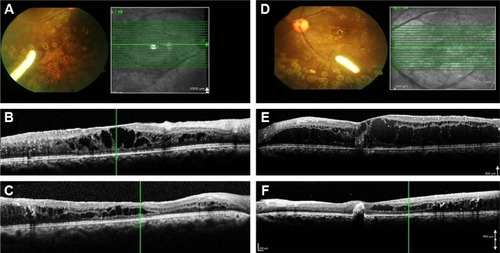Figures & data
Figure 1 Left eye of 12-year-old male.
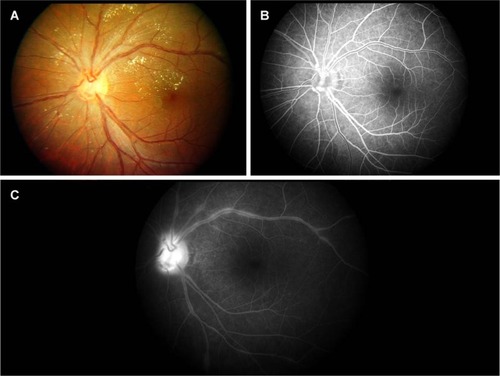
Figure 2 Fundus photography of eyes of 12-year-old male.
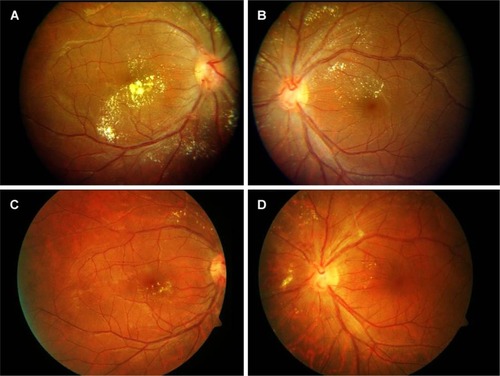
Figure 3 Left eye of an 11-year-old girl who presented with mild blurring of vision.
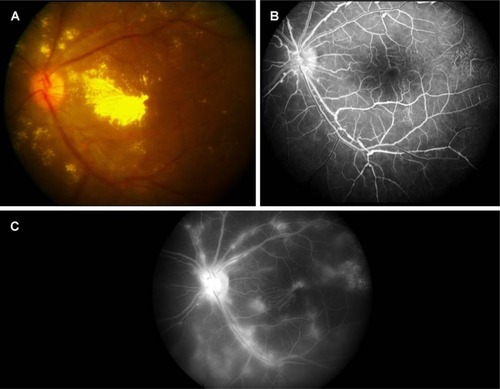
Figure 4 Fundus photography of both eyes of an 11-year-old girl who presented with blurring of vision both eyes.
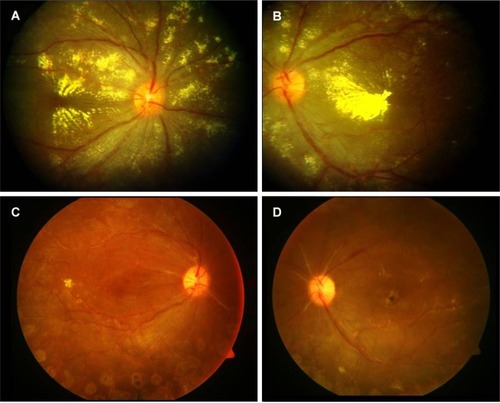
Figure 5 Left eye of an 11-year-old IRVAN patient.
Abbreviation: IRVAN, idiopathic retinal vasculitis, aneurysms, and neuroretinitis.
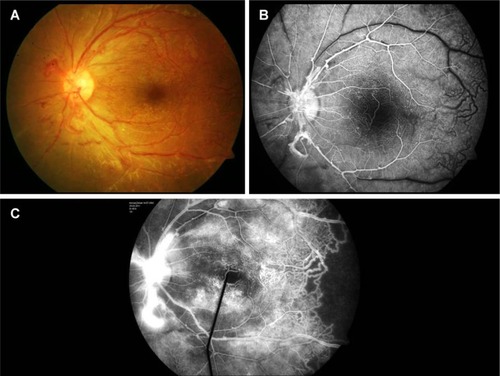
Figure 6 Wide-field fluorescein angiography in a case of IRVAN; an 11-year-old girl who presented with blurring of vision both eyes.
Abbreviation: IRVAN, idiopathic retinal vasculitis, aneurysms, and neuroretinitis.
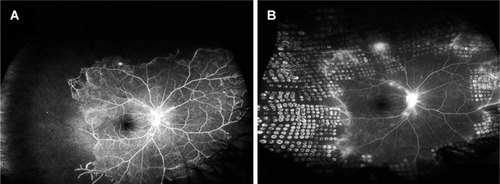
Figure 7 Right and left eye of a case of IRVAN; a 12 years-old-girl who presented with blurring of vision both the eyes.
Abbreviation: IRVAN, idiopathic retinal vasculitis, aneurysms, and neuroretinitis.
